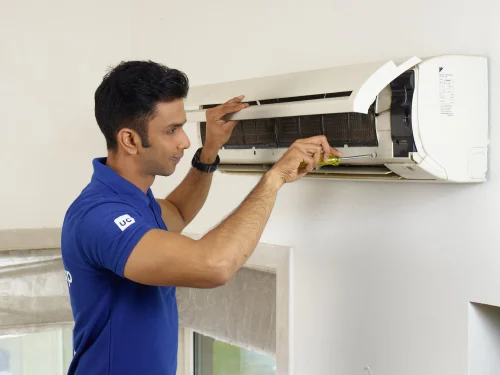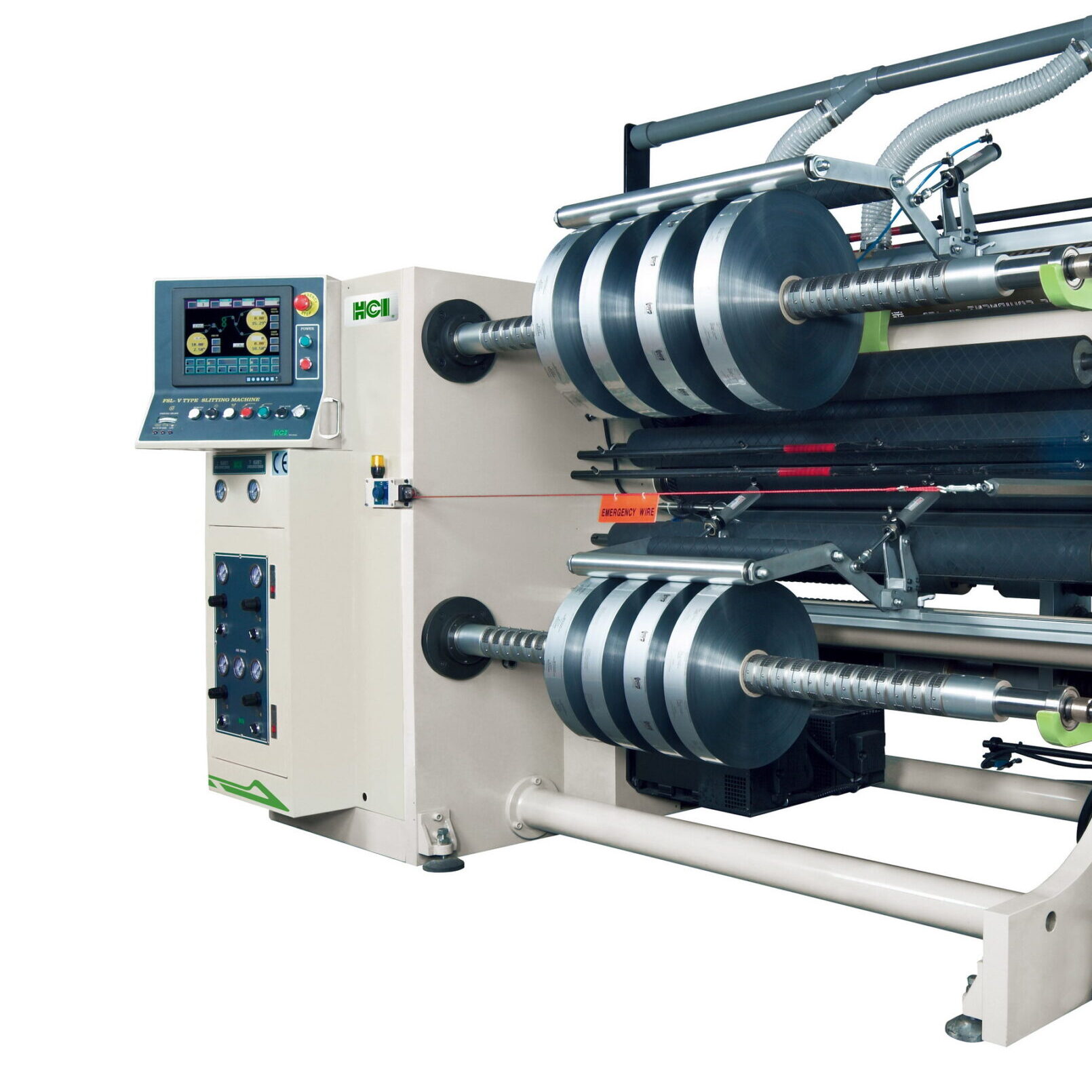In today’s fast-paced healthcare environment, streamlining patient intake is no longer optional it is essential. By adopting intuitive digital consultation workflows, clinics and healthcare providers can enhance efficiency, reduce administrative burdens, and deliver a more satisfying experience for patients. Immediate implementation of these modern systems ensures that every step, from initial inquiry to consultation, is seamless and productive.
Simplify the Patient Journey
Modern digital workflows guide patients through the intake process effortlessly. Instead of navigating complex forms or waiting on phone lines, patients can:
- Complete pre-appointment forms online with ease.
- Upload necessary documents securely.
- Receive instant confirmations and reminders.
This simplicity improves patient satisfaction while minimizing errors and delays, ensuring providers have accurate information before consultations begin.
Boost Efficiency for Staff
Intuitive digital systems automate repetitive tasks, freeing staff to focus on patient care rather than administrative duties. Key benefits include:
- Automated appointment scheduling and reminders.
- Real-time updates on patient status and consultation needs.
- Streamlined communication between staff, providers, and patients.
By reducing manual processes, clinics can handle higher patient volumes without sacrificing quality, making operations smoother and more cost-effective.

Enhance Communication and Engagement
Digital consultation workflows create opportunities for more meaningful patient engagement. With integrated communication tools, patients feel connected and informed:
- Secure messaging allows patients to ask questions before and after appointments.
- Notifications and alerts keep patients on track with their healthcare journey.
- Personalized follow-ups foster trust and long-term relationships.
This proactive communication increases adherence to treatment plans and reduces missed appointments, contributing to better overall health outcomes.
Ensure Data Security and Compliance
Modern patient intake solutions prioritize security, giving both patients and providers peace of mind. Key considerations include:
- Secure storage of sensitive health information.
- Encrypted communication channels for all digital interactions.
- Compliance with privacy standards and regulations.
By adopting secure workflows, clinics can maintain patient trust while confidently managing data in a digital environment.
Immediate Benefits of Digital Intake
Transitioning to virtual consultation workflows delivers rapid and tangible advantages:
- Reduced waiting times and faster consultations.
- Higher patient satisfaction and engagement.
- Improved accuracy of patient information.
- Greater operational efficiency and staff productivity.
By modernizing patient intake immediately, healthcare providers can create a seamless, professional, and patient-focused environment that supports both quality care and clinic growth.





